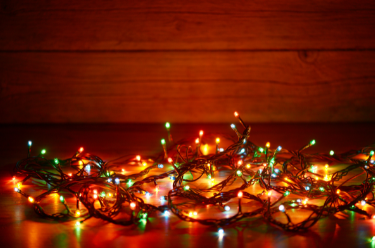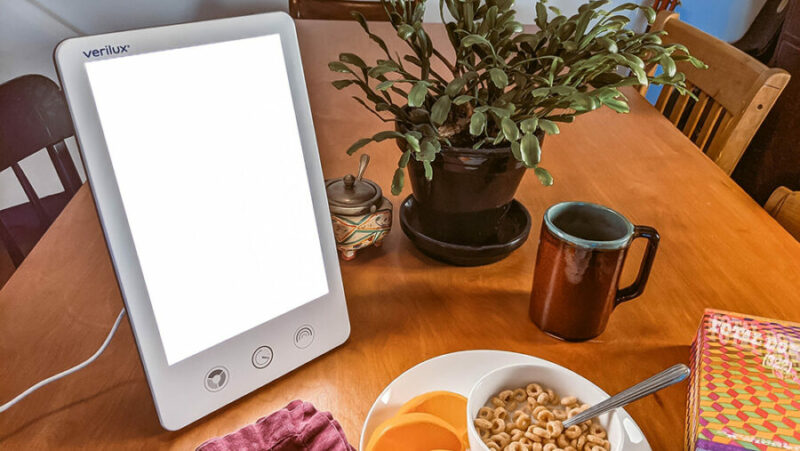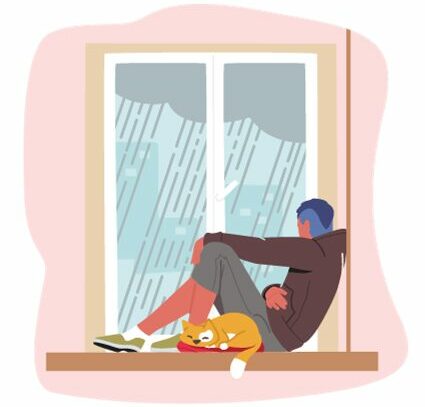Exploring the Impact of Seasonal Changes on Drug Use
As temperatures drop day by day, holiday music begins drifting down grocery store aisles, and decorations suddenly appear on every house down the street…an undeniable shift in social and cultural patterns start unfolding all around us. But what about within us? How do our behaviors change? What connotations come along with “the most wonderful time of the year”?
Why Can the Holiday Season Increase Drug Use?
While warmth and merriment may be resting pleasantly on the surface, an enormity of expectation, pressure, abstraction, and loneliness tends to come in tow. From financial burden at every corner, to heightened trauma triggers, an overabundance of family drama, and an overextension of social participation…it’s no wonder that many find overwhelm in the onset of the winter season.
Whether parties, people, or expectations, all of this overwhelm often leads to overindulgence—in the types of foods we eat, the frequency of celebration that ensues, and the amount of alcohol and drugs we consume. A study from the American Psychological Association (APA) reported that on average, Americans consume alcohol 27% more during the holiday season, compared to the rest of the year. Similarly, drug use tends to spike during the winter months, with the most drug-and alcohol-related fatalities occurring in December and January, according to the CDC.
With all of these stressors, many find that mental health struggles tend to surface—yet it can be difficult to prioritize self care and treatment in the midst of the holiday rush. This leads to self-medication, in the hopes of easing stress and anxiety, looking to escape and distract the day-to-day, or even attempting to treat existing mental health conditions.

The Link Between Seasonal Affective Disorder and Substance Use
Aside from situational and life circumstance pressures, around 10 million Americans struggle with Seasonal Affective Disorder (SAD), a condition that causes depressive symptoms as a result of the changing seasons, typically during winter months. Those who struggle with SAD may experience low energy, constant feelings of listlessness, a loss in interest in activities once enjoyed, difficulty sleeping, etc. The winter/fall form of SAD typically includes oversleeping, change of appetite (especially cravings for high-carb foods), weight gain, and tiredness/low energy.
While many struggle to find proper treatment for SAD, or write it off as “winter blues,” there is a clear link between drug use and mental health conditions. According to SAMHSA, around 1 in 4 people with a mental health condition also struggle with Substance Use Disorder.
While this may appear less relevant for those who consider themselves “recreational” drug users, the pattern of increased drug consumption during the winter season is not exclusive to those with addiction issues. It is quite possible that those with diagnosed or undiagnosed SAD may turn to forms of “self medication” more often than they realize.
For instance, someone might choose serotonergic drugs to combat decreased levels of serotonin, due to reduced sunlight exposure.
Similarly, they might choose stimulants or “uppers” to help with their lower energy, which can occur due to disrupted melatonin levels caused by the lowlight of winter. Or maybe the shift in their body’s circadian rhythm causes sleep issues, so they turn to substances that can help them get to sleep more easily.
It’s important to recognize these habits and patterns, even for those who do not consider their drug use “serious” or “problematic.” Questioning our own patterns of consumption allows us to recognize when our behaviors are becoming unhealthy, or stem from underlying issues.
How to Treat Seasonal Affective Disorder (SAD)
If you have noticed a cycle of depression that occurs about the same time of year, and ends a few months later, especially for multiple years in a row, it is possible you experience Seasonal Affective Disorder. So, what are the treatment options for SAD?
Light Therapy — An extremely common, cost-effective, and simple treatment for SAD is to use a light therapy box. You simply sit near these light boxes, typically first thing in the morning, while they emit an extremely bright light (and filter harmful UV rays). After 20+ minutes of use per day, users will often find improved symptoms within just one or two weeks of light therapy.
Talk Therapy — Speaking with a trained mental health professional, especially one who practices Cognitive Behavioral Therapy can be a useful tool in combatting SAD. Medication, such as SSRIs or other antidepressants, can also be helpful in some cases.
Spending Time In Sunlight — Even if you can’t spend a lot of time outdoors, arranging your home or office to receive maximum light exposure through a window during the day can be helpful in re-regulating chemical imbalances.

Focusing on Health, Wellness, and Social Connection — Simply placing effort towards regular exercise, healthy eating, regular sleep, and staying active can vastly improve symptoms of SAD, along with prioritizing social connection. Engaging in volunteer work, social outings, or gatherings with support systems can be extremely helpful.
Combatting the Pattern of Drug Misuse During the Winter Season
Whether you struggle with a mental health condition, you experience anxiety and overwhelm during the holiday season, or you notice a tendency to self-medicate when you experience loneliness or trauma, there are ways to better prepare for these arising challenges.
Let Go of Expectations — Catch yourself when you’re setting unrealistic expectations and employing comparative thinking. This can lead to stress in trying to create the “perfect holiday,” and feelings of let down if they don’t live up to your expectations.
No Need to Overextend & Overindulge — Don’t feel pressured to make every holiday event! There will be an overabundance of social functions, whether family, friend, or work-related. Trying to attend every one may stretch yourself too thin, and drinking or partying at every event can result in some serious physical or mental repercussions. If you do attend multiple parties, limit overindulgences, and don’t fall into pressure to do anything more than you want.

Be Aware of Triggers
- Difficult Family Dynamics — If family tends to bring up trauma or stress, mentally prepare for the possibility for challenging situations to arise. Work through how you want to handle the situation before the reaction occurs, or dedicate time to working through difficult emotions (whether before or after you’re faced with these dynamics).
- Other People’s Consumption — If you’re sober, or you want to limit your drug/alcohol consumption, constantly surrounding yourself with people who are drinking or doing drugs, or finding yourself in situations that encourage those activities may be difficult. Prepare to either avoid the situation altogether, or have ways to ground yourself in these circumstances if you feel pressured or tempted to overindulge.
- The Holiday Itself — Maybe certain holidays bring up painful memories, or a lack of close friends or family makes you feel isolated during times when togetherness is encouraged. Plan to spend these days doing activities you enjoy, engaging with a community you like, or volunteering to help others feel cared for.
Take Time For Yourself — Carve out time just for you, to do something you love, to dedicate time to self care and introspection, or to bask in solitude and simply do nothing at all. This will allow you to maintain balance during high stress periods.


 Source:
Source: